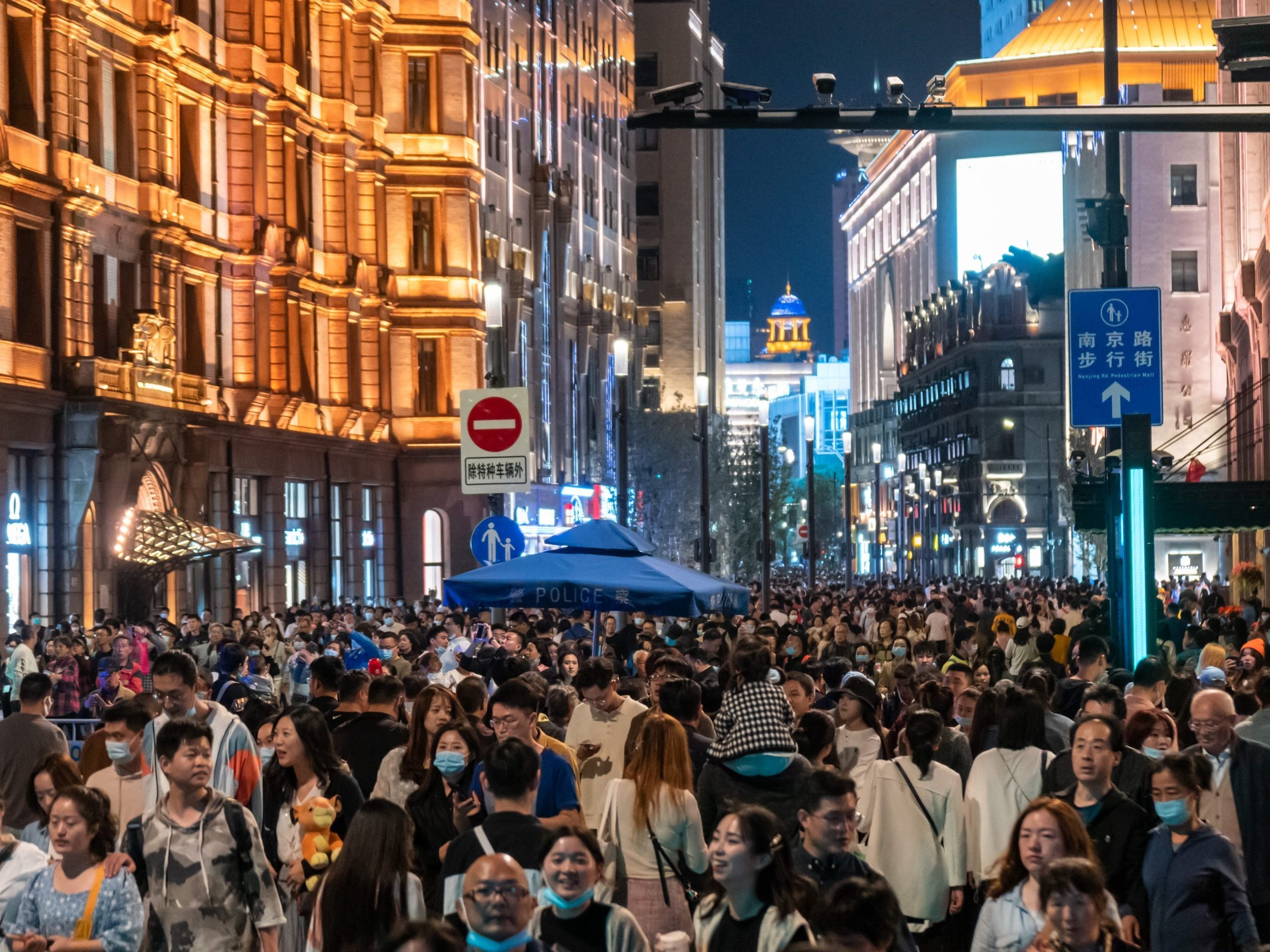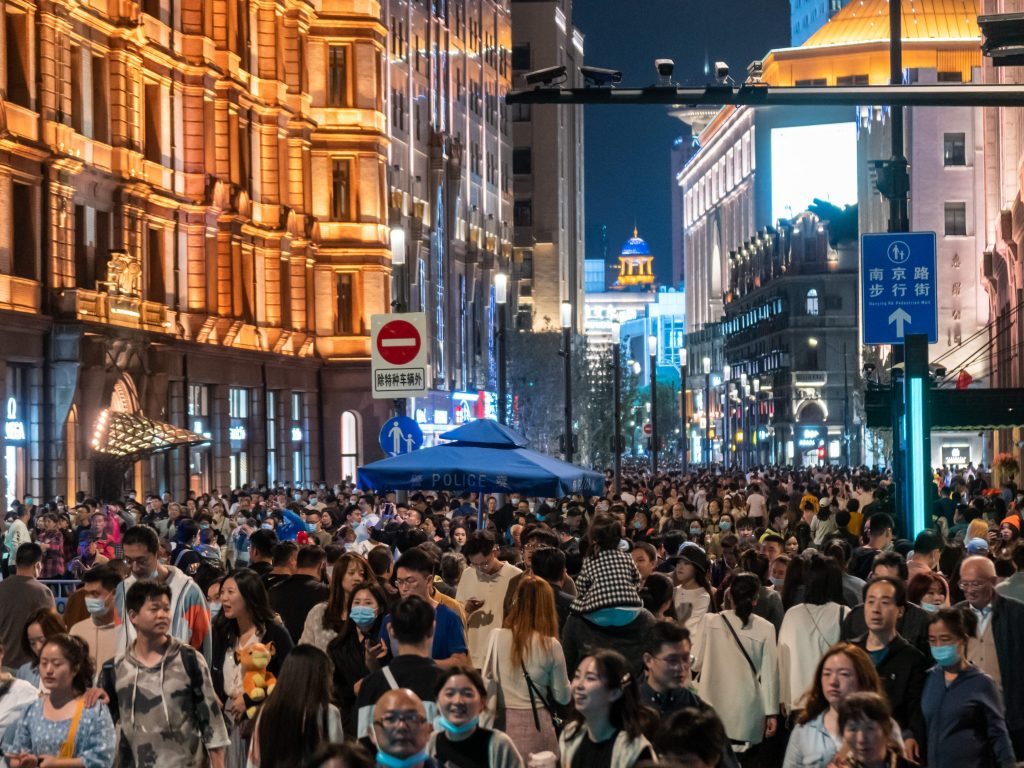
Costfoto/Barcroft Media via Getty Images
- In a landmark policy shift, China has launched a new three-child policy.
- The move was approved on Monday by Chinese President Xi Jinping.
- China scrapped its one-child policy in 2016 and allowed couples to have two children.
- Visit Insider's homepage for more stories.
China announced on Monday that it is changing its two-child policy and allowing couples to have three children.
The move was first reported on Chinese state media Xinhua, which wrote that effective immediately, couples can have up to three children. The new policy was approved by Chinese President Xi Jinping during a Chinese Communist Party Politburo meeting.
"Birth policies will be further improved, as this policy that allows a couple to have three children will be introduced with other supporting measures," said the Xinhua report, which included a statement from the Chinese government.
The policy shift will address China's aging population while improving its population structure, per the statement. The Chinese government said it would explore ways to boost its population growth – including improvements to maternity leave time frames and childcare subsidies – but did not announce specific measures.
The landmark announcement comes after reports that China had logged its slowest population growth rate since the 1950s. These numbers were revealed in its once-in-a-decade population census, which saw the average annual growth rate of the Chinese population decline to 0.53% during the last ten years. This was down from 0.57% between 2000 and 2010.
Ning Jizhe, head of China's National Bureau of Statistics acknowledged in the 2020 census report that the "disproportionate number of older Chinese would "put pressure on the long-term balanced development of the population in the coming period."
The country's birth rate last year also dropped to its lowest since 1952. According to a report from the country's National Bureau of Statistics, 12 million babies were born in 2020, down from 14.65 million in 2019 - a whopping 18% year-on-year decline.
While the country's total population remains at 1.41 billion people, Reuters reported that China missed a target it set in 2016 to get to 1.42 billion people by 2020.
This is the second time in five years that China has made a major population policy pivot. In 2016, it reversed its one-child policy, which was put in place in 1979 to suppress a population boom.
The 2016 reversal allowed couples to have two children, but population growth in China remained sluggish. According to a 2019 Guardian article, Chinese officials began to offer subsidies and bonuses for new parents, with slow but positive results.
However, this new three-child policy was met with a chilly reception on Chinese social media platform Weibo, the country's version of Twitter.
In an online poll created in response to the news, around 50% out of some 2,644 respondents said they planned to have "zero" kids, even with the rollout of the new suite of population policy measures.
"To be honest, it wouldn't make a difference even if they announced that we can have ten children because most Chinese people like myself don't even want to have one," said a Weibo user with the username He Han.
"Let's start with finding girlfriends and stable jobs before talking about having three children. It is not policy limits on children that are holding us back, it's whether people even have enough money to reproduce," said another Weibo user, with the username Guyan Banhu.
Dit artikel is oorspronkelijk verschenen op z24.nl
